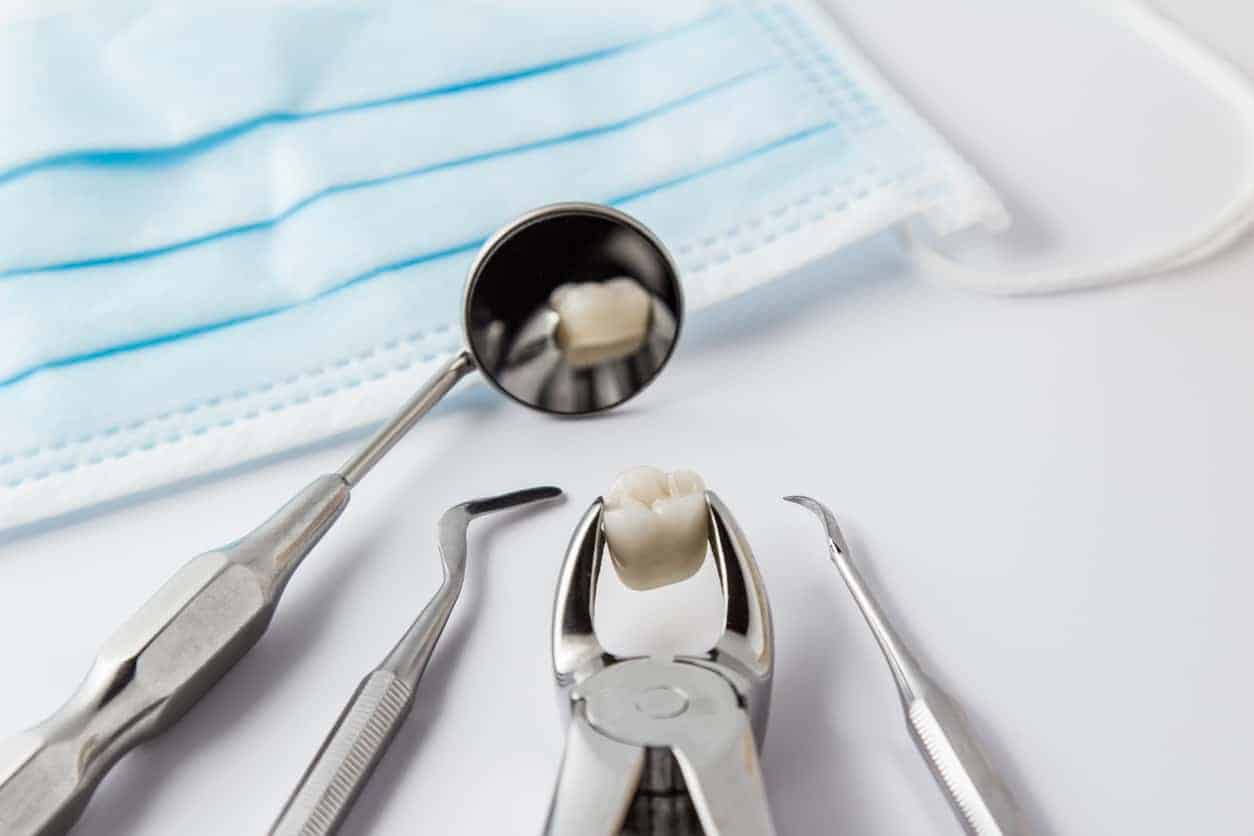
What are dental cavities?
Teeth cavities are infections caused by bacteria found in dental plaque. These bacterias multiply on the surface of the teeth and attack the enamel, the hard, visible part that protects the teeth. If left untreated, cavities can damage tooth structure and reach the center of the tooth, the pulp, posing a greater risk to oral health.
Fortunately, there are effective treatments available to treat cavities and slow their progression. Fluoride treatments are often used as a preventive measure, especially in young patients, to make teeth more resistant to acid attack by bacteria and sugars. In cases where cavities have progressed beyond the enamel, but have not yet reached the tooth pulp, fillings are generally recommended. In these cases, the dentist cleans the cavity of the affected tooth to remove all bacteria, before restoring it with a filling that will halt the progression of the cavity. Root canal treatment is necessary when decay has reached the pulp, and extraction may be necessary if the tooth is too badly damaged.
It’s important to note that cavities can be asymptomatic and go undetected until they reach a more advanced stage. That’s why we recommend regular dental check-ups. If a cavity is detected early, it can usually be cured with simple, less invasive treatments. So don’t delay in contacting your dental team if you suspect a cavity.
Fluoride treatments
when decay is detected at an early stage
When applied to teeth, fluoride makes them more resistant to acid attack by plaque bacteria and sugars. This is why fluoride treatments are often used as a preventive measure, especially in young patients.
Fluoride treatment can help restore the enamel of the affected tooth, preventing further decay. This approach can also be recommended for adults, when a cavity is detected by your dentist at a sufficiently early stage.


Obturation
the treatment used for cavities that have not reached the tooth pulp
Obturations, commonly known as “fillings”, are the treatment option generally recommended when cavities have progressed beyond the enamel, but have not yet reached the tooth pulp.
In these cases, the dentist cleans the cavity of the affected tooth to remove all bacteria, before restoring it with a filling that will halt the progression of cavities.
Restorations can be made from a variety of materials, such as composite resins, metal amalgam or ceramic. In the case of aesthetic restorations, various colors of composite resin and dental ceramics can be used to match the filling to the rest of the teeth, bringing them into complete harmony.
Root canal treatment
when decay has progressed and reached the dental pulp
When decay has progressed deep into the tooth and bacteria have reached the pulp, it may be necessary to perform a root canal to avoid more serious complications.


Extraction of cavitated teeth
when damage is too extensive
In some cases, decay may have reached such an advanced stage that restoration is no longer an option. In such cases, the tooth must be extracted before it causes more serious health problems.
The importance of early detection
In conclusion, the best treatment for repairing a cavity depends on the degree of the cavity and the severity of the situation. It’s important to know that cavities can go undetected and be symptomless until they reach a more advanced stage. They can, however, be detected at an early stage by a dentist during your regular dental check-ups. If detected early, cavities can usually be cured with simple, less invasive treatments. So don’t wait until you feel unusual sensitivity or pain in a tooth, and don’t hesitate to contact our team. You’ll benefit from personalized care and treatment.
We accept new patients
Make an appointment now!
Call us at: (514) 900-6091

